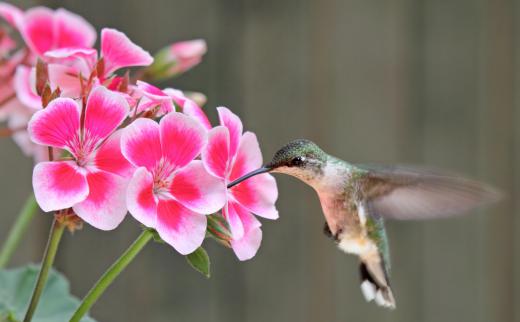What is Taxonomic Classification?
 Mary Elizabeth
Mary Elizabeth
Taxonomic classification is the hierarchical organization of living beings into categories and subcategories that reveal their likenesses. The groupings used in this type of classification are called taxa, the plural of taxon, hence the name of the classification system. There are eight main levels in the currently used and internationally accepted taxonomic classification system, which has its foundations in the work of Carl Linnaeus. These levels are:
Kingdom > Phylum/Division > Class > Order > Family > Genus > Species >Variety

Division and Variety are specific to plants, with Division also used for fungi. The term cultivar, or cultigen, designates an organism that has no known wild ancestor – created, for example, by cross-breeding. The term cultivar comes from a portmanteau formed of the words cultivated variety.
In addition, there are subcategories possible for the top four levels of the taxonomic classification system and for Species as well. These levels are:
| Kingdom | Phylum | Class | Order | Species |
| Subkingdom | Subphylum | Subclass Infraclass | Superfamily | Subspecies |
Note that there are two subcategories in Class, and the distinctive name of the category under Order.

The Kingdom is the top level of taxonomic classification usually listed – Domain, a higher level, does exist, however. Most biologists recognize five kingdoms: Kingdom Animalia - the multi-cellular animals; Kingdom Plantae — plants except for blue-green algae; Kingdom Fungi — all fungi and yeasts, but not slime molds; Kingdom Protista or Protoctista — protozoa, slime molds, and so on; and Kingdom Monera — bacteria, blue-green algae, and so on. The familiar groups that we use in non-scientific environments to categorize the animals — mammals, birds, amphibians, reptiles, and insects — are the equivalent of the level of classification called Class, where they are referred to as Mammalia, Aves, Amphibia, Reptilia, and Insecta. It seems that there are several ways to handle fish, one being to assign them to four classes.
Several mnemonics have been devised to help recall the order of the taxonomic classification system, some including Variety, and some stopping at Species.
- Kindly place cover on fresh green spring vegetables.
- Krakatoa positively casts off fumes generating sulphurous vapours.
- Kings play cards on fairly good soft velvet.
- Kings play chess on fine grain sand.
- Ken poured coffee on Fran's good shirt.
- Kangaroos play cellos; orangutans fiddle; gorillas sing.
AS FEATURED ON:
AS FEATURED ON:
















Discussion Comments
How does it work, though?
Post your comments